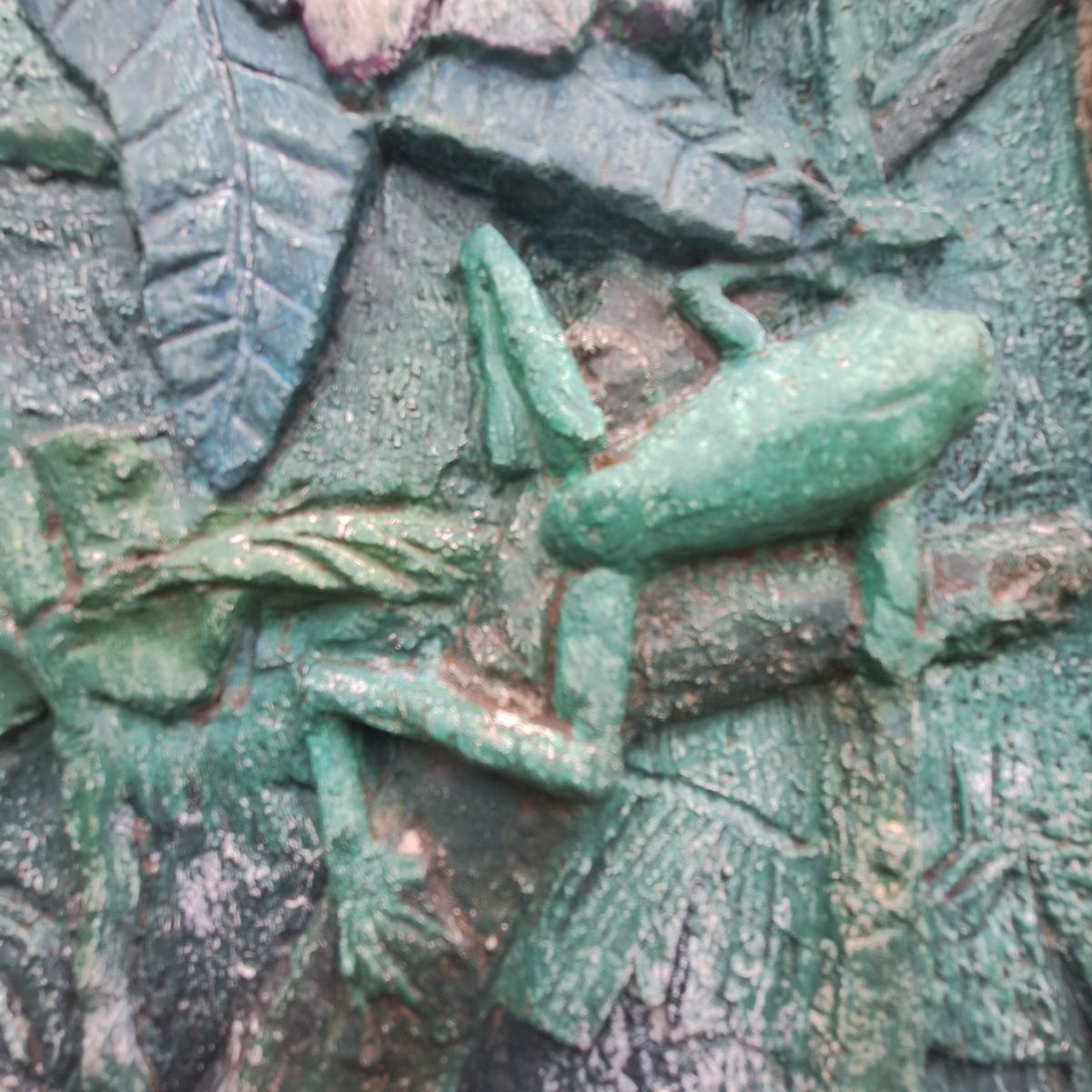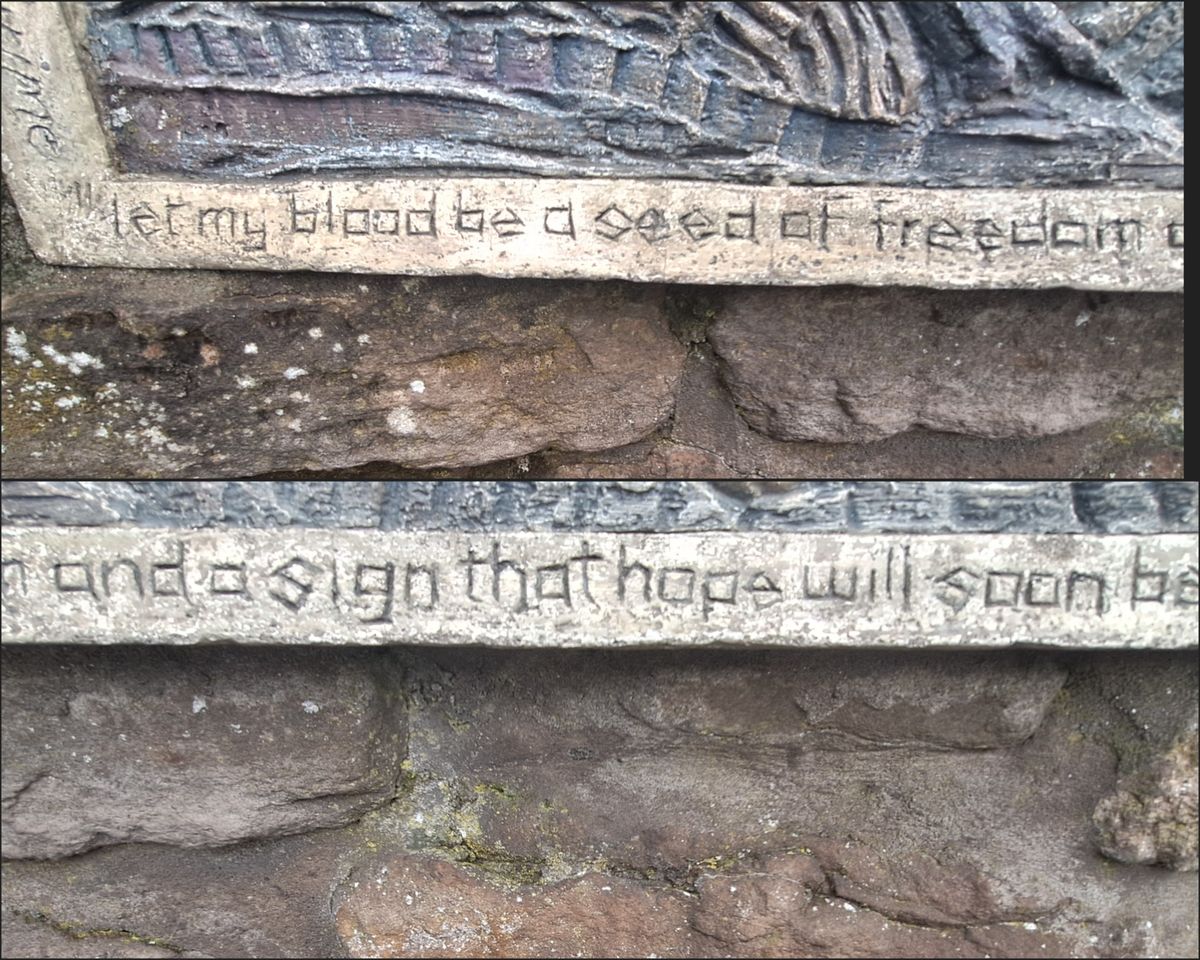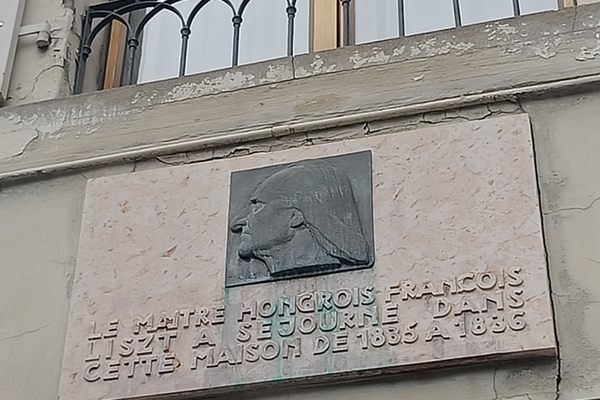About
Óscar Arnulfo Romero y Galdámez was interested in priesthood from his teenage years. He joined the junior seminary in his native El Salvador at 14, and was ordained as a Catholic priest in 1942 after studying in Rome. With his background as one of 10 siblings raised in poverty in Ciudad Barrios, during his life in the church, he often emphasized the needs of the working classes and destitute.
With growing inequality and a right-wing military government coming into power in 1972, El Salvador was on a path that would lead to civil war by the end of the decade. Often seen as a proxy conflict between the United States-supported military power and the left-wing rebels (many affiliated with communism and socialism) backed by Cuba and the Soviet Union, the war started in 1979 following a coup that saw the military taking full control.
Romero's preaching in favor of the working classes, along with open calls for an end to the war, often found him in conflict with authorities and on the receiving end of death threats. But his fight for human rights led him to be nominated for the 1979 Nobel Peace Prize. The next year, Romero was assassinated during a Mass service. Explosions and further attacks at his funeral in San Salvador would go on to show how much the military government had come to fear his influence.
Romero's affiliation with CAFOD (Catholic Agency For Overseas Development) has led to his name and example being well-known among Catholics in the United Kingdom. CAFOD is the aid agency set up by the Catholic Church of England and Wales, which closely followed and offered support for the process of Romero's beatification and eventual canonization as Saint Óscar Romero.
Despite not directly overseeing Scotland, it is likely that CAFOD also played a role in the installation of this plaque and the naming of Romero Place, both of which lie within the Holyrood campus of the University of Edinburgh. The plaque, sculpted by Paul Grime, was installed in 1992. The image is centered around a large tree with roots reaching out to a mummy-like wrapped body underground.
Along with typical Central American fruits and species, like quetzals, people gather around the tree collecting music, knowledge, and other symbols from its branches. Along the edge, a quote from Romero dated to the year of his death completes the tribute: "Que mi sangre sea semilla de libertad y la señal de que la esperanza será pronto realidad" (Let my blood be a seed of freedom and a sign that hope will soon be a reality).
Related Tags
Know Before You Go
The plaque is in a location visible at all times.
Edinburgh isn't the only U.K. capital with a tribute to Romero. There's a Romero Close in Brixton, London with its own plaque provided by CAFOD, albeit that's a more traditional, text-only metal one.
Flavors of Scotland: Beyond the Haggis
Smoked seafood, single malt whisky, and warm hospitality.
Book NowPublished
February 26, 2024
Sources
- https://www.brixtonsociety.org.uk/archbishop-oscar-romero-canonised/
- https://socialjesuitas.es/reflexion/391-romero-de-america-pastor-y-martir
- https://www.scottish-places.info/features/featurefirst94373.html
- https://www.britannica.com/biography/Oscar-Arnulfo-Romero
- https://americanarchive.org/exhibits/newshour-cold-war/el-salvador
- https://cafod.org.uk/education/education-resources/oscar-romero-life-timeline








































